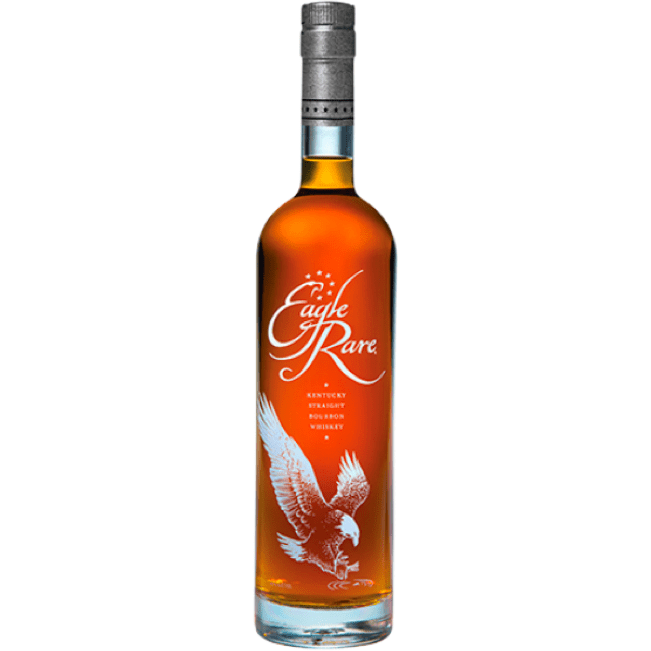How Cordials And Liqueurs Add Depth And Complexity To Cocktails
Editor’s Note: Many off-premise trends have their origins at bars and restaurants, so we occasionally bring readers pertinent stories from our on-premise sister publication, Cheers Magazine.
In cocktails, cordials and liqueurs play the supporting role of wingman to the base spirit. “They are the Robin to Batman,” says James Camp, beverage manager at Burlock Coast Seafare and Spirits in the Ritz Carlton Fort Lauderdale in Florida. “Cocktailians feel they must continue to push the envelope and need great-tasting and exotic-sounding ingredients—and cordials fit that bill.”
Indeed, liqueurs play a crucial role in the modern bar scene, both in cocktails and on their own. While some venerable elixirs boast centuries of history, the bourgeoning craft scene is also busy conjuring contemporary cordial flavors. These provide bartenders with a dazzling range for creativity.
“Centuries ago, liqueurs were originally compounded as medicines,” points out Johnson at The 404 Kitchen. “Later they were embraced in cocktails because they added such roundness and depth of flavor.”
For certain, “A barspoon of a cordial adds a layer of complexity and intrigue,” says Jared Sadoian, bar manager at The Hawthorne in Boston. New producers have come into the market offering a wide variety of liqueurs made with quality, authentic ingredients. “Now we have more options than ever,” he adds.

Bartenders have their favorites. “Personally I couldn’t live without dry curacao or maraschino liqueur,” says Craig Seaman, bar manager at Bar Frances in New Orleans. “I find those two to be indispensible in both classic and modern applications.”
For Dan Smith, general manager of the Queen Mary Tavern in Chicago’s Wicker Park, part of the Heisler Hospitality group, Chartreuse is a favorite. The liqueur is made with more than 130 herbs, roots and flowers, and has a history that spans hundreds of years.
“I love liqueurs; I’ve used a bunch in every cocktail menu I’ve ever done,” says Smith. “Liqueurs offer totally unique and complex flavor profiles you can’t get anywhere else,” he adds.
Bartender’s Choice
As interest grows, so does supply. European houses report growing demand for flagship liqueurs and have also started exporting some of their lesser-known products to a U.S. market thirsty for new flavor experiences.
American craft producers are also in the cordials game. On the wide sea of liqueurs, bar professionals report a wave of trends.
“There are more and more players being introduced every day, and the options have become endless,” notes Mike Jones, head bartender for Sable Kitchen & Bar in Chicago.
Elderflower liqueur is on virtually every backbar these days, thanks to the 2007 launch of St. Germain. Camp at Burlock Coast sees a nascent trend in anise-flavored spirits, such as arak and raki, and Xtabentun, a Mexican liqueur sweetened with honey. “Absinthe enjoyed a spurt of interest a few years ago, and I think people are getting a taste for anise again.”
Eureka Restaurant Group, a Hawthorne, CA-based chain with 20 locations, has a unique approach when it comes to liqueurs thanks to its “Discover American Craft” concept, says beverage director Trevor Tyler. The chain only carries products made in the U.S.
“So we don’t have any of the usual imported liqueurs, which can sometimes limit what we are able to do, but it also forces us to explore and find new products,” Tyler says. “Distilleries all over the country are producing interesting liqueurs of all kinds.”
As an example, he cites the Holy Smokes! cocktail (pictured atop), made with Leopold Bros. tart cherry liqueur, Buffalo Trace bourbon, maple syrup and chocolate bitters. Also, “There are a lot of new hop liqueurs on the market recently, fueled by interest in craft beer,” says Tyler, a certified Cicerone. “We’ve played around with some of them in cocktails.”

Less Sugar, More Spire
In the latter part of the 20th century, many cordials were overly sweet, artificially flavored and brightly colored. That’s changed with the cocktail renaissance of this century.
“Cordials and liqueurs are no longer relegated to bottom-shelf, sticky-sweet flavorings,” observes Sadoian. Players such as Haus Alpenz and Giffard are using high-quality ingredients, carefully infused and redistilled to pull out the essence of those flavors.
Cordials and liqueurs have evolved in the past 15 years, says Seaman at Bar Frances. “Instead of companies making liqueurs from a chemical flavor lab with added coloring, many are now being made from actual raw products, which translates to truer flavors and products we can be proud to serve.”
Smith counts the French grapefruit liqueur Pamplemousse Rose as a rising star, as well as Ancho Reyes. Made in Mexico from ancho chiles, the liqueur offers both spiciness and depth, he says.
“Spicy liqueurs are popular,” echoes Sadoian at The Hawthorne, who also cites Ancho Reyes and the brand’s recent line extension, Ancho Reyes Verde.
Appreciation for eau-de-vies—clear, fruit brandies—is growing, although they can still be “a tough sell,” says Seaman. To make them more approachable, producers make a liqueur with the base eau-de-vie but add a bit of juice and sugar. “These intensely flavored fruit brandies are just delicious and very playful in cocktails,” he notes.
The post How Cordials And Liqueurs Add Depth And Complexity To Cocktails first appeared on Beverage Dynamics.




